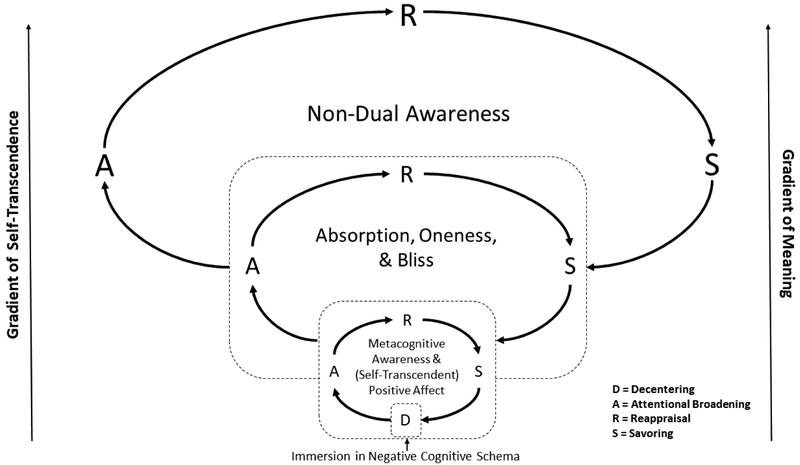Figure 3. Mindfulness-to-Meaning Theory (MMT) extended toward self-transcendence.
This extension of the MMT proposes that iterations of decentering, attentional broadening, reappraisal, and savoring extricate consciousness from immersion in negative cognitive schema to kindle momentary states of meta-awareness infused with positive affect. Decentering (“D”), attentional broadening (“A”), reappraisal (“R”), and savoring (“S”) are all metacognitive self-regulatory processes that involve monitoring of cognitive, affective, and sensory-perceptual experience. The MMT proposes that each iteration of this cycle fosters psychological distance from self-referential appraisals, helping the mindfulness practitioner to “get over himself/herself” – thereby shifting focus from egocentric processing to allocentric focus on the structural coupling between self and world. Attending to sensorimotor and social-affiliative coupling between self and pleasant non-self objects (e.g., a beautiful sunset, a lover’s smile or touch) induces experiences of natural reward that can be magnified through savoring. This cycle, when repeatedly activated, is theorized in the MMT to build an upward spiral that stimulates a gradient of self-transcendence extending from decentered meta-awareness of mental objects to blissful, absorptive experiences of oneness between subject and object, and finally, to transitory nondual states in which the subject-object dichotomy is completely transcended. With each iteration of this cycle, the MMT proposes that momentary states of meta-awareness and self-transcendent positive emotions accrue into a durable propensity towards dispositional mindfulness, selfless happiness, and the sense of meaning in life.

